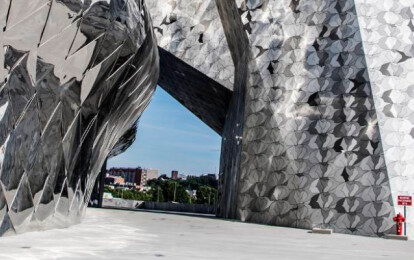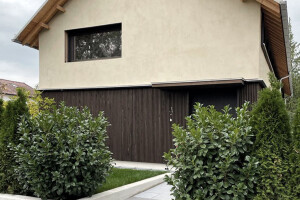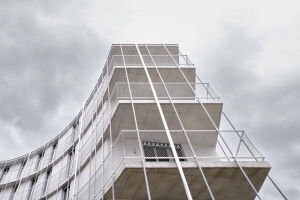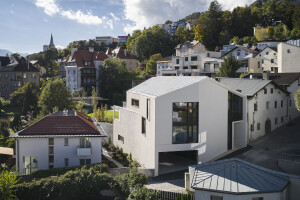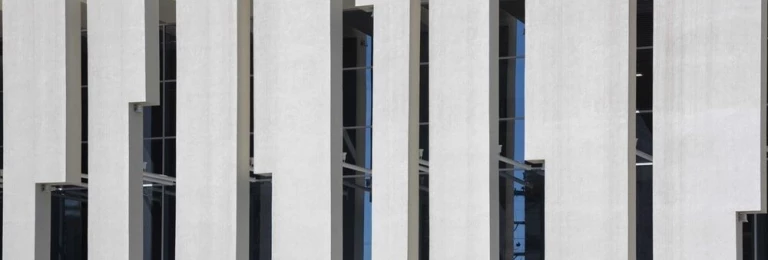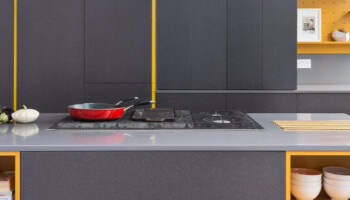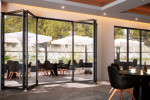STAINLESS STEEL, A CONSTRUCTION MATERIAL
Stainless steel is an alloy of iron, chromium, and sometimes nickel and other metals, which has excellent resistance to corrosion. Furthermore, it is aesthetic, hygienic, easy to maintain, recyclable, has a wide variety of finishes and is used in the manufacture of many everyday objects.
Commonly used on building exteriors for façades or roofs, it is ideal for cladding uses, metalworking and interior decorative finishes. Finally, it blends extremely well with other materials, not least of which glass, but also timber, concrete, composites, and so on.
Stainless steel use is relatively recent and really only started to develop in the 1920s. The principle of alloying iron and chromium dates back to 1821, but it was only in 1904 that it was realised that the presence of chromium inhibited the resistance to corrosion. That year, Frenchman Léon Guillet produced low carbon stainless steel. It was in 1912 that austenitic stainless steel appeared for the first time when Eduard Maurer and Krupp filed a patent for the manufacture of stainless steel 18/8, that is, containing 18% chromium and 8% nickel. In 1913, Englishman Harry Brearley developed martensitic stainless steel for cutlery. The manufacturing techniques and the compositions were refined between the two World Wars. In France, the stainless steel production develops in the 1930s thanks to the refining process developed by René Perrin. At the same time, numerous patents were filed covering finishing techniques and surface treatments. They tended to become standardised towards the mid-1930s. For example, electrolytic polishing was invented in 1929 by Frenchman Jacquet. Around 100 patents surrounding this point were taken out in the United States between 1939 and 1947. After the Second World War, cold rolling was made more precise and with a better finish thanks to the Sendzimirprocess developed in 1947.
In 1929, several American companies started to market stainless steel for applications in the building sector, such as lifts, entrance lobbies, façades, balustrades, door frames, entrance doors, light fittings, furniture, signage, counters and fittings. The sales arguments highlighted stainless steel’s resistance to corrosion, as well as its sanitary qualities and modern appearance.
The two constructions that truly launched architectural stainless steel were the Chrysler Building in 1930 and the Empire State Building in 1931 in New York.
Some 5500 m² of stainless steel were used in the coping, spire, doors and entrance lobby of the Chrysler Building, making a striking contribution to the distinctive image of what was then the tallest building in the world. The vertical columns on the façades of the Empire State Building are made of stainless steel.Stainless steel’s use grew throughout the 1930s in shops, bars, building lobbies, often combined with the aerodynamic lines that characterised the ‘streamline’ fashion. It immediately found its place combined with glass in curtain walls that developed rapidly after World War Two. Lever House in Chicago, 1952, was one of the first emblematic examples of this new design using glazed façades. At the end of the 1950s, stainless steel started to be used for roofing, guttering and external cladding, thanks to the progress made in rolling. Stainless steel continued its vigorous growth in the 1980s, reflecting the ultimate expression of materials used in high-tech architecture. Thus the façades and external staircases of the head office of Lloyd’s of London in 1984 are largely clad in stainless steel. It is now commonly used in the construction of glass roofs, façades, lifts and escalators, and its use is becoming increasingly common for all metalwork. For the Bibliothèque nationale de France in 1995 (Dominique Perrault architect), the unprecedented use of a stainless steel mesh was ushered in on a large scale. More recently, new stainless steel applications have appeared in sectors that were formerly the preserve of other steels or other materials: frames of residential buildings, swimming pool tanks and even cladding for industrial buildings.
Using stainless steel in this way makes the material accessible, this is particularly true if one considers the life cycle cost of stainless steel realisations. In conclusion, stainless steel has undeniably found its true place in construction.
Uginox Product

UGINOX stainless steel cladding panels for versatility and corrosion resistance Uginox
Uginox has a diverse selection of grades and surface finishes empowers designers to select the perfect stainless steel tailored to requirements. Each...
Other Facades Products
Member Promotion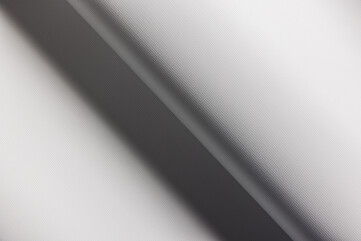
OPAC PLAIN MERMET
Darkening fabric for the budget conscious.
SIMPLEEfficiently darkens the room
LEANSlim and lightweight, effortlessly integrating into compact blind...
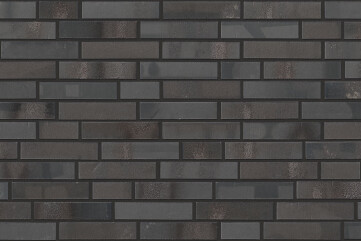
Brickwerk eisenschwarz DF Ströher
Intensive colouring, pronounced bulges and prints, set marks, burn outs and sooty smoke flags on the firing skin: authentic and innovative, Brickwerk...
Our Products are Used in Projects by
Projects with Products from Uginox
Uginox Offices
Facades Brands
Is this your brand and would you like to remove content from other manufacturers on your brand page? Contact Archello
